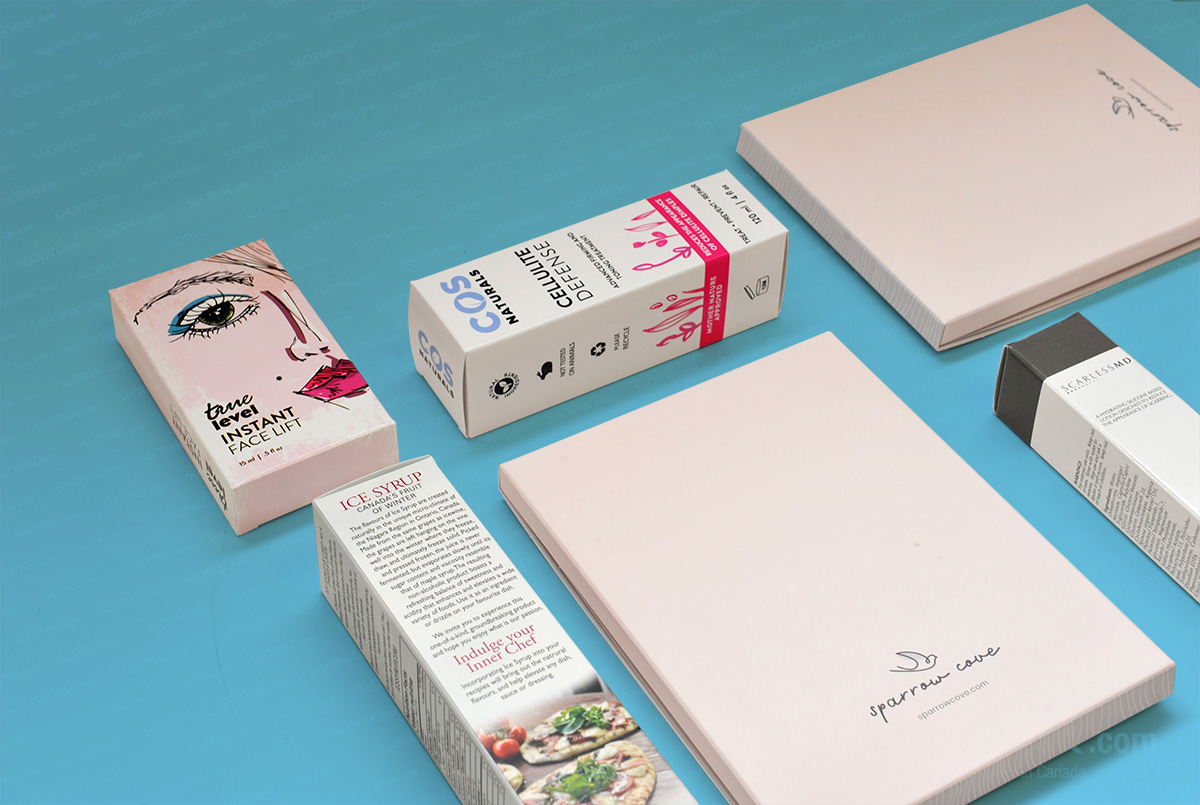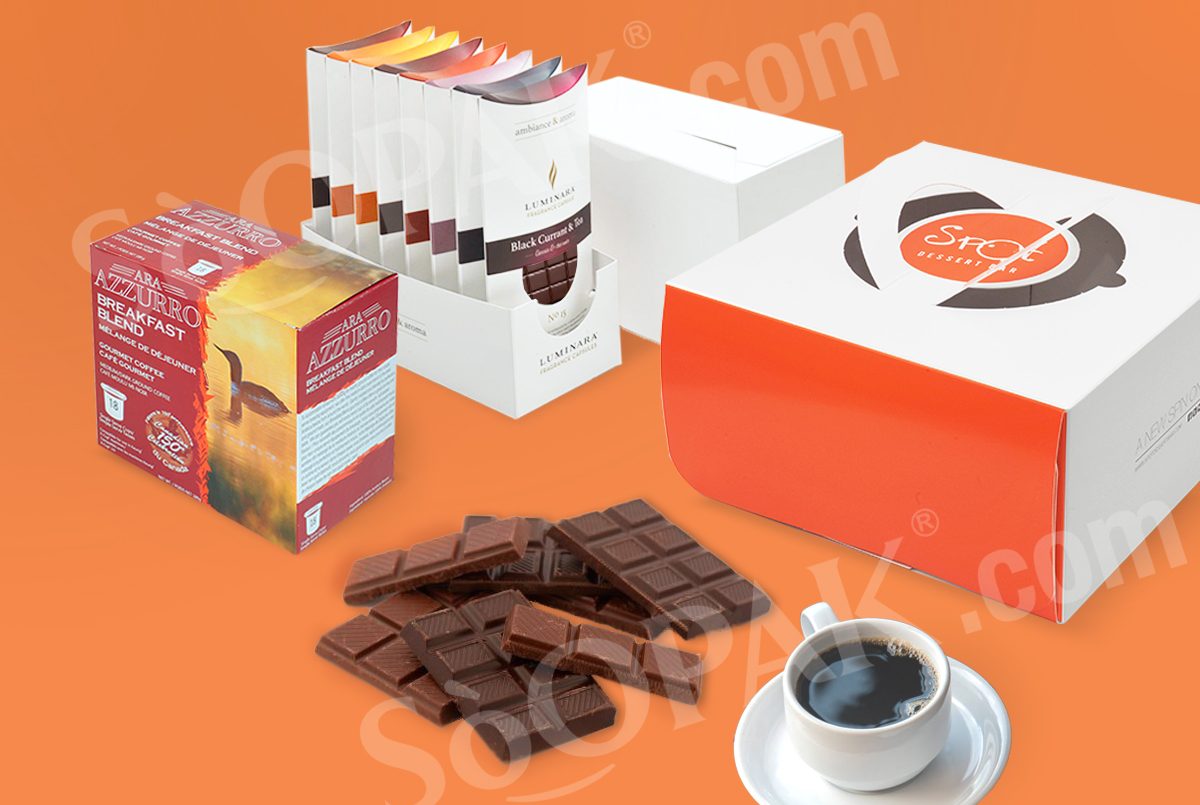To make the most of your product packaging, it is important to be aware of common issues that arise and steps you can take to resolve them. Simply by looking out for these potential problems, you can work toward preventing them from occurring and ensuring that your packaging process goes smoothly and makes a positive impression your potential clients.
Hard to Open
One of the most common problems in product packaging is designing a product that is challenging to open, which will frustrate customers. Electronics, in particular, have a bad reputation for this type of issue, and it can be easily avoided with some testing. Remember that if a client sees two nearly identical items in the store, one that appears simple to open and one that seems challenging, they will go with the easy one. If they do purchase your product only to find it is harder to get to than anticipated, they unlikely to buy it again or recommend it. Avoid this problem by evaluating your product packaging for accessibility. Have at least several members of your team confirm that they can easily figure out how to open it and, if necessary, ask potential clients, as well.
Making Dramatic Changes
Another common issue related to packaging is the tendency to do a complete redesign or simply make dramatic changes. While this is sometimes a good idea if you need to refresh your brand image, it can also go horribly for your company. What happens if current clients cannot find your product because it looks so different? Or what if you get rid of the aspect of the packaging that made it so popular? The solution to this issue is as simple as always thoroughly evaluating any changes you make to your packaging. If necessary, do a short run as a test and have customers give feedback.
No Customer Input
Some companies make the mistake of creating the design for their product packaging without consulting customers or even considering what the customers might want. If your target audience is the elderly, you probably want to avoid neon colors, for example. In addition, you wouldn’t want to sell something that appeals to kids without a great deal of imagery on the packaging. Design your packaging with your target audience in mind and then talk to them to see if you hit the mark. Don’t be afraid to make changes if necessary. This is part of the design process. Ideally, you will come up with the design based on your audience then directly ask a sampling of that audience for their input, adjust, and repeat the process.
Unclear Branding
Your brand is a key part of your product packaging, so you want it to come across clearly. Imagery that does not match your brand can hurt sales since customers might not even realize that it is your product. Additionally, a lack of clear brand imagery stops the potential for in-store advertising simply via the packaging itself. Custom packaging can help with this, as well. Ideally, your package should not only follow your brand’s imagery and color scheme but also include information for your website or social media pages to encourage further interactions.




